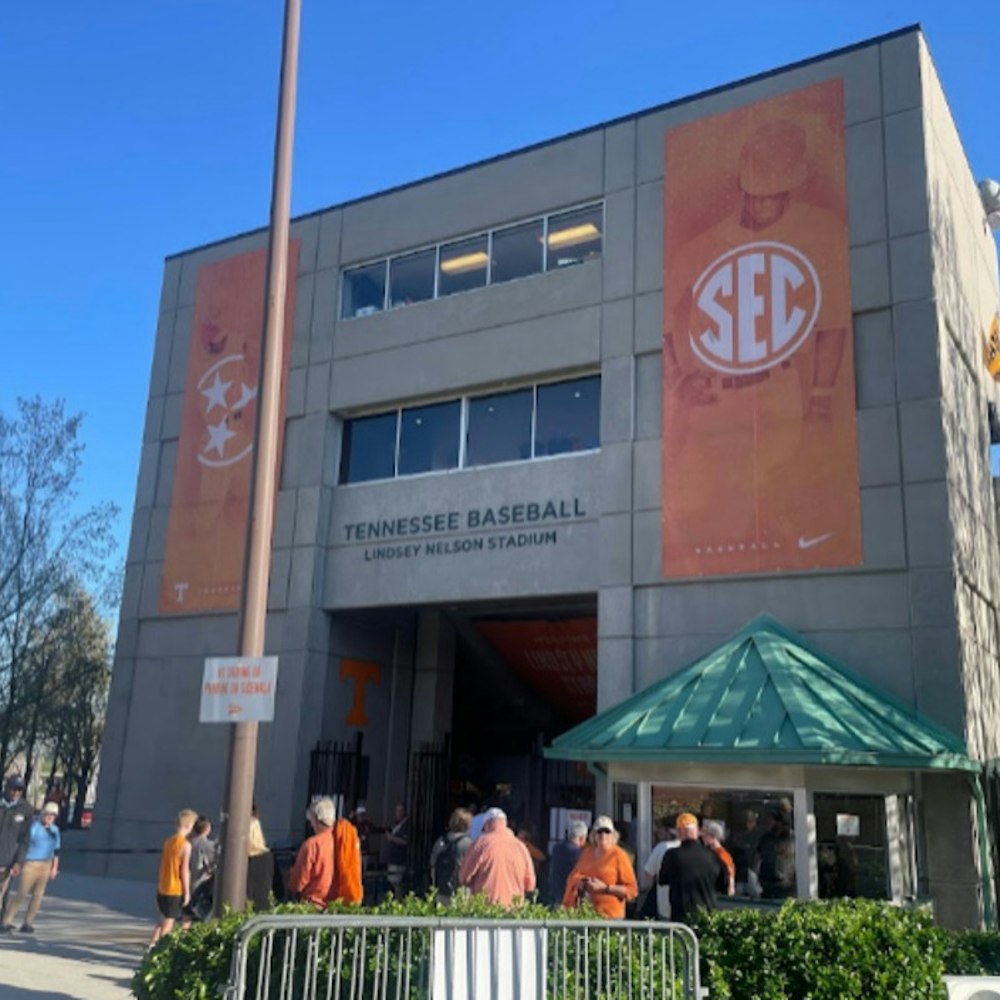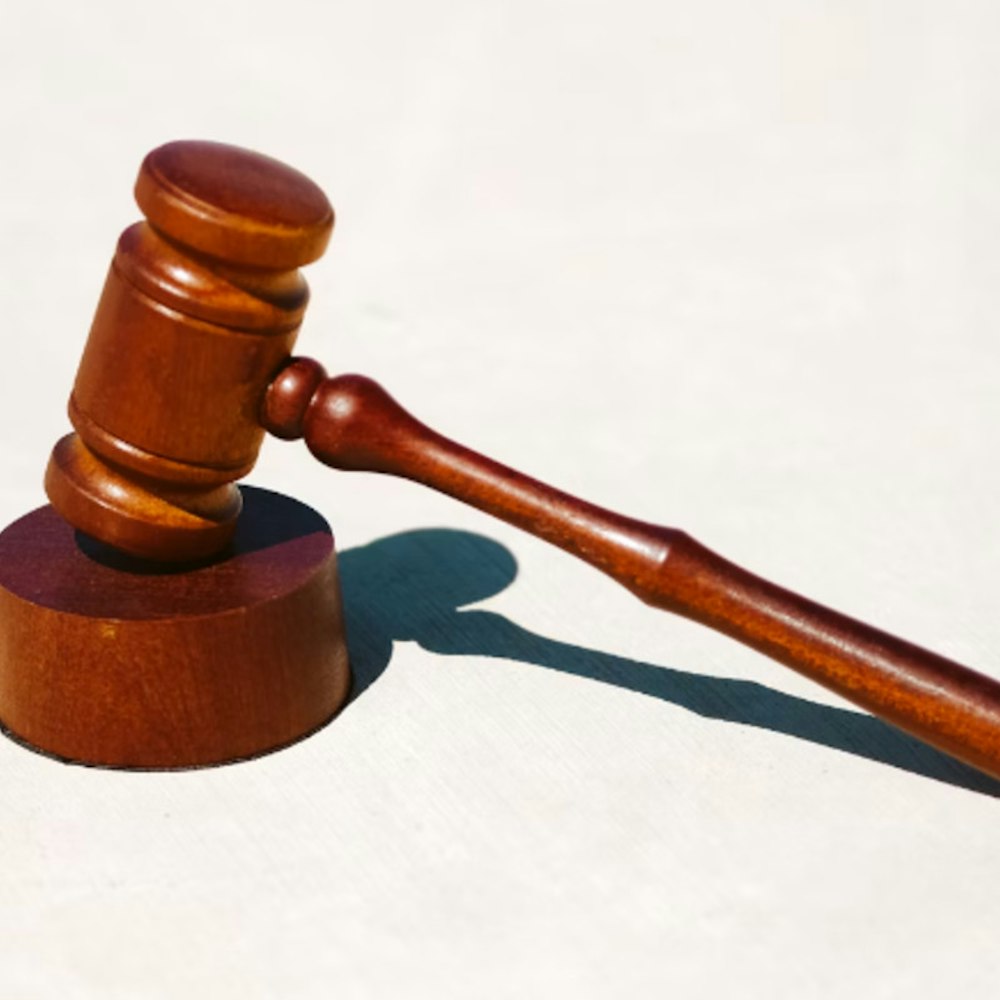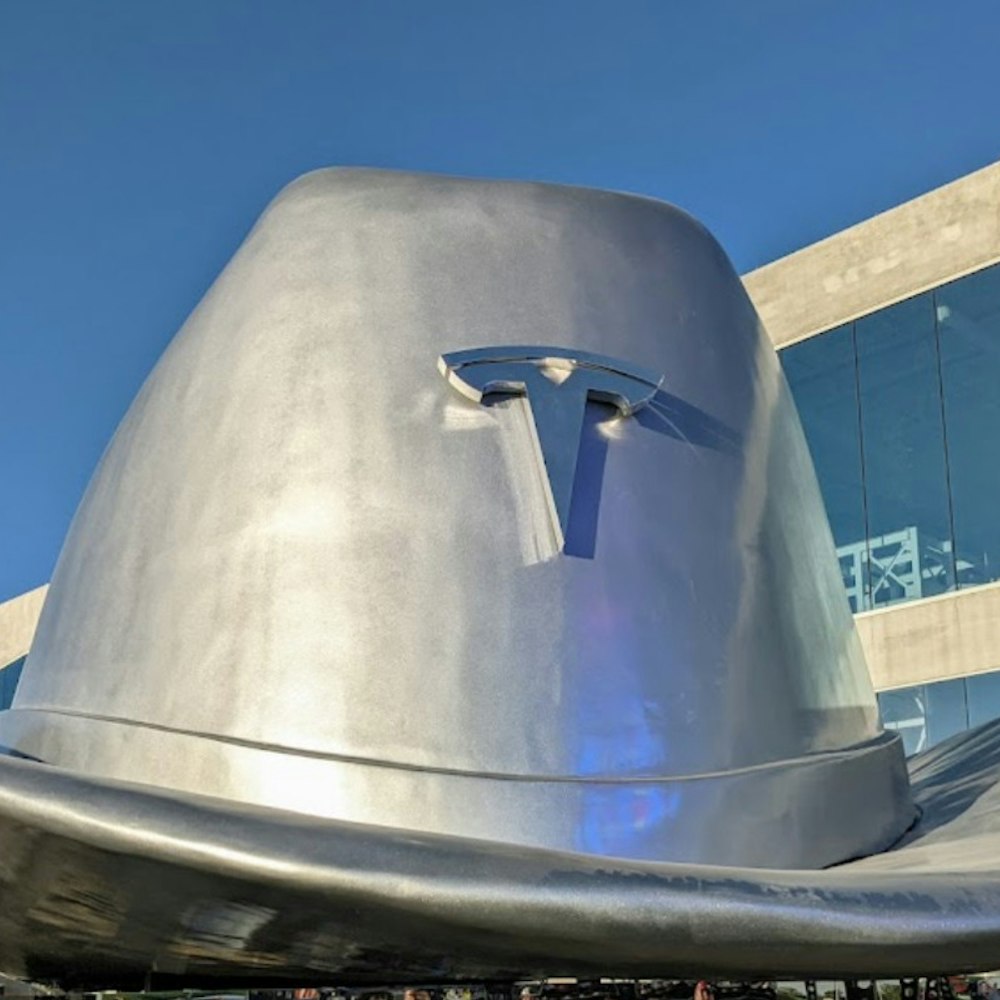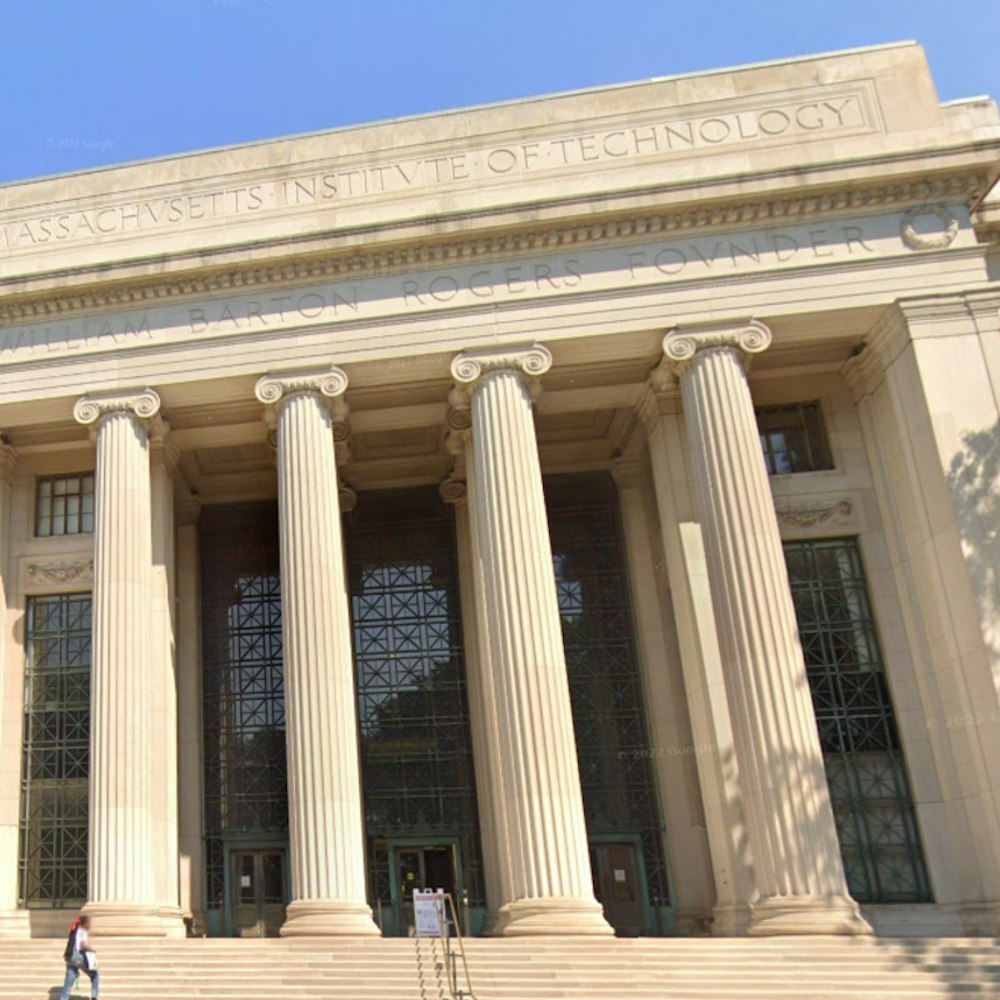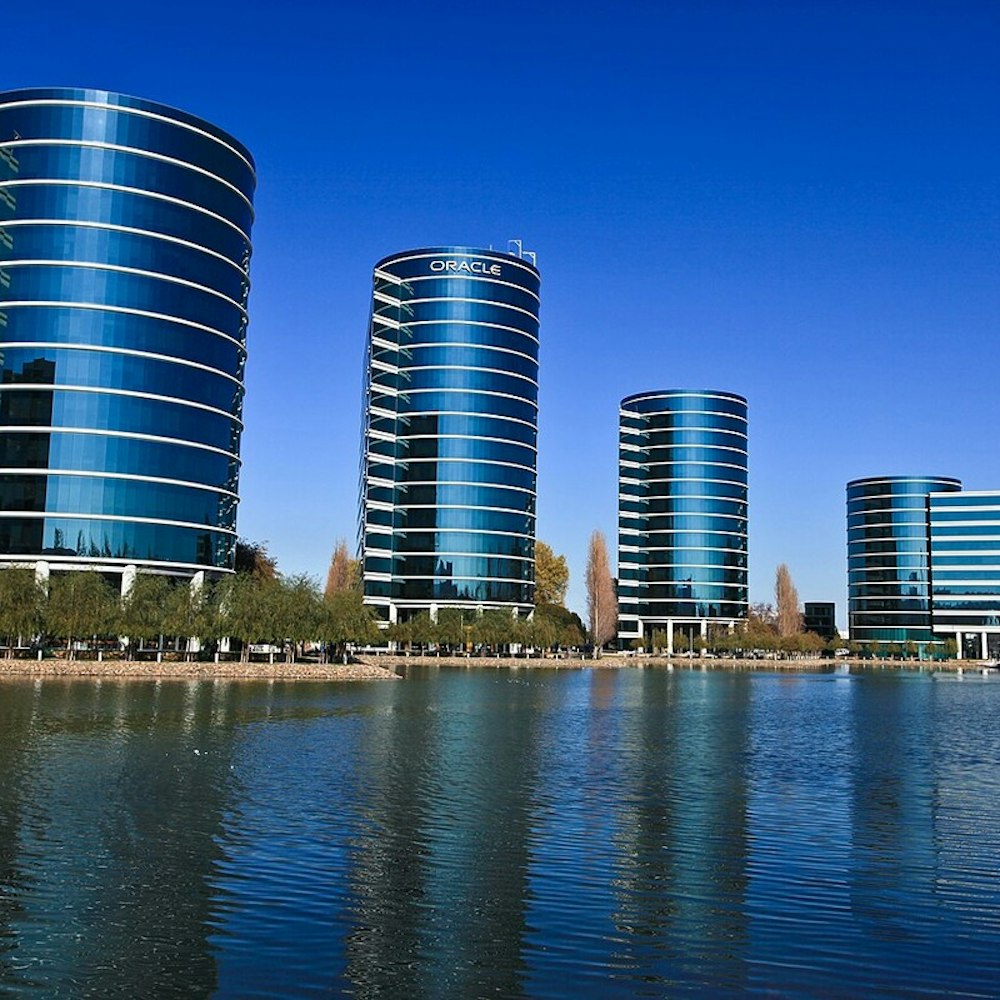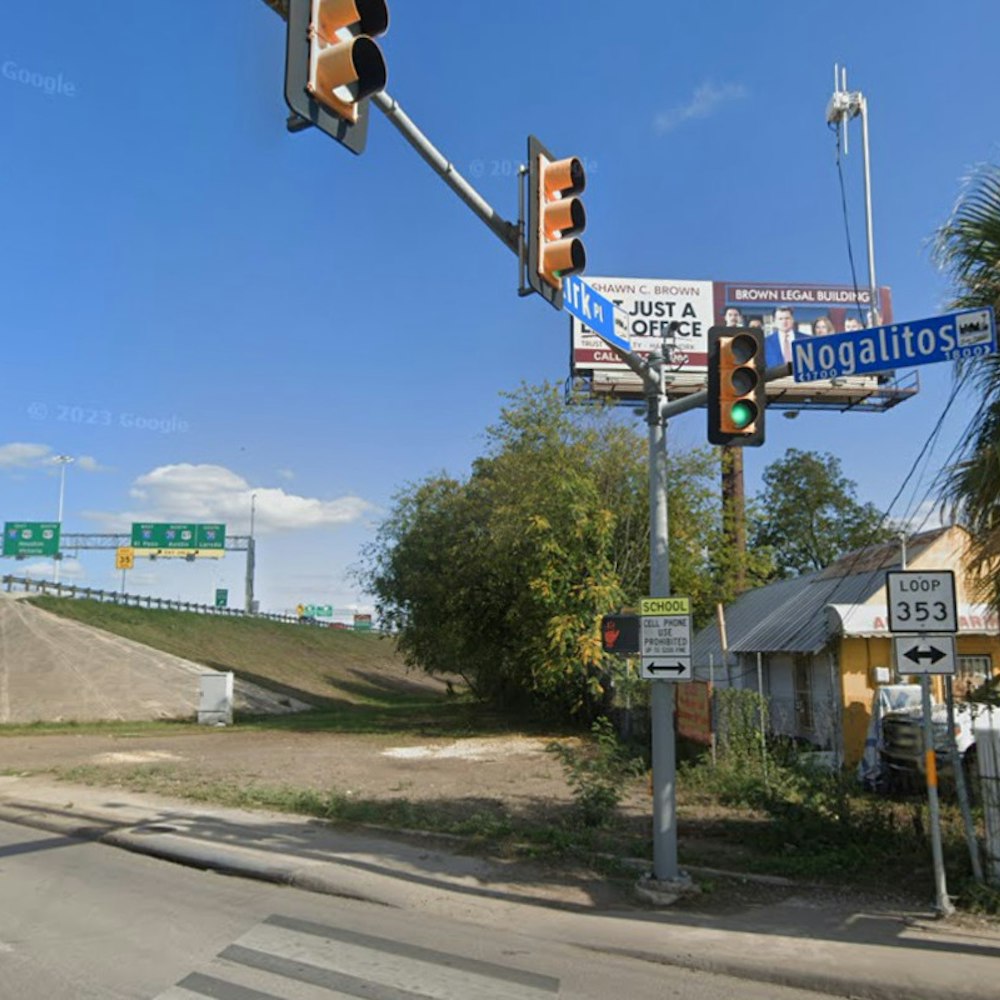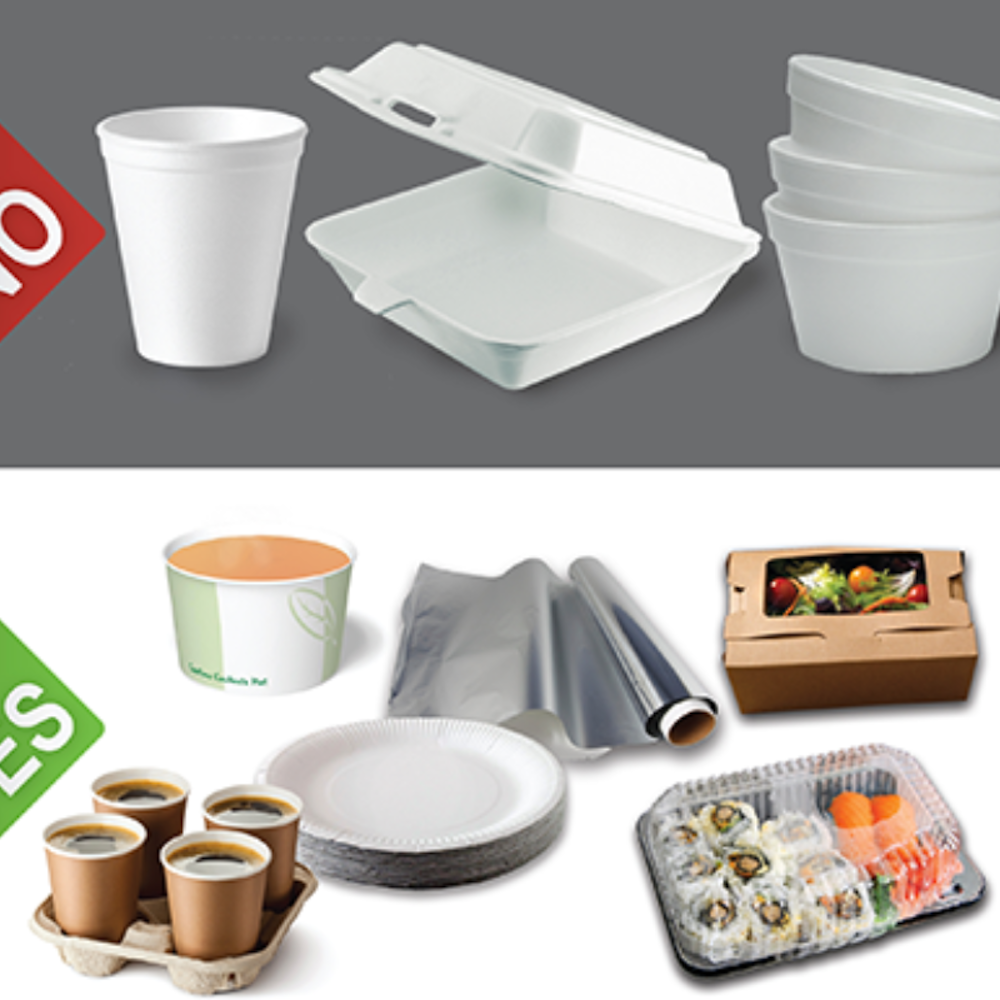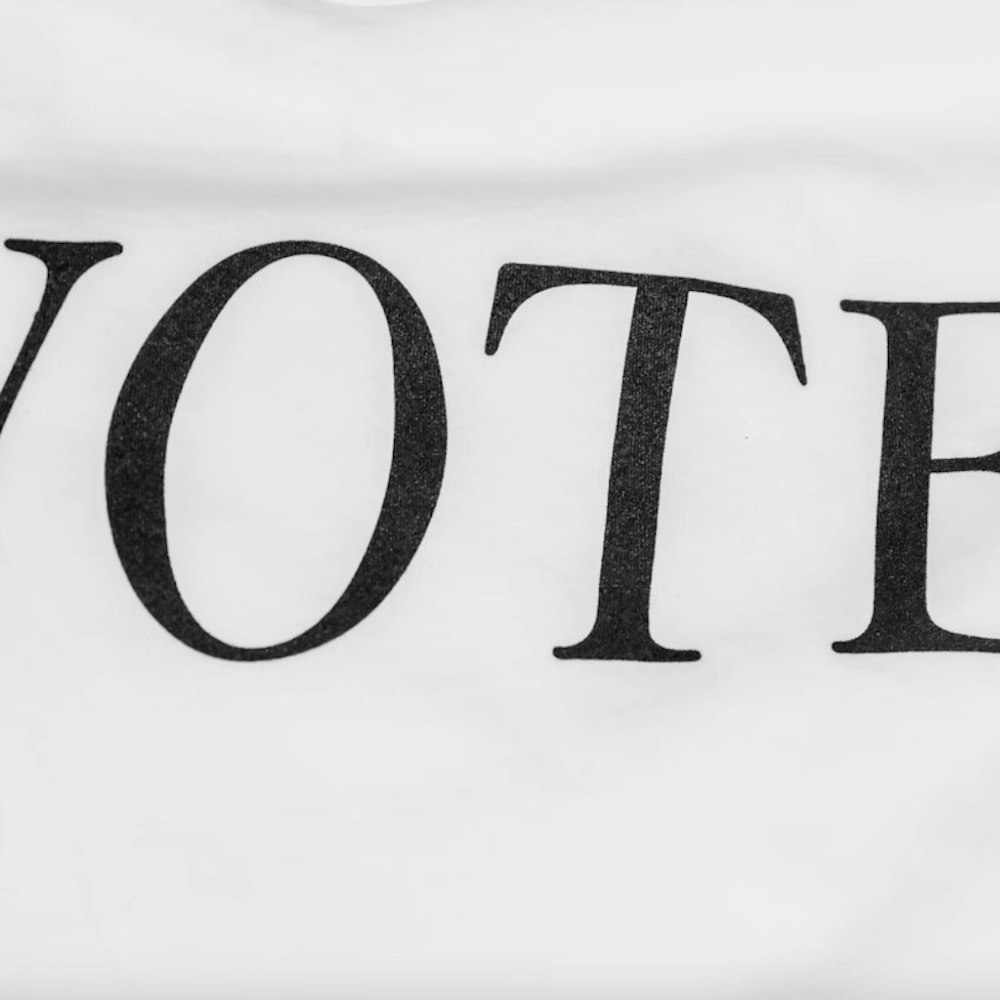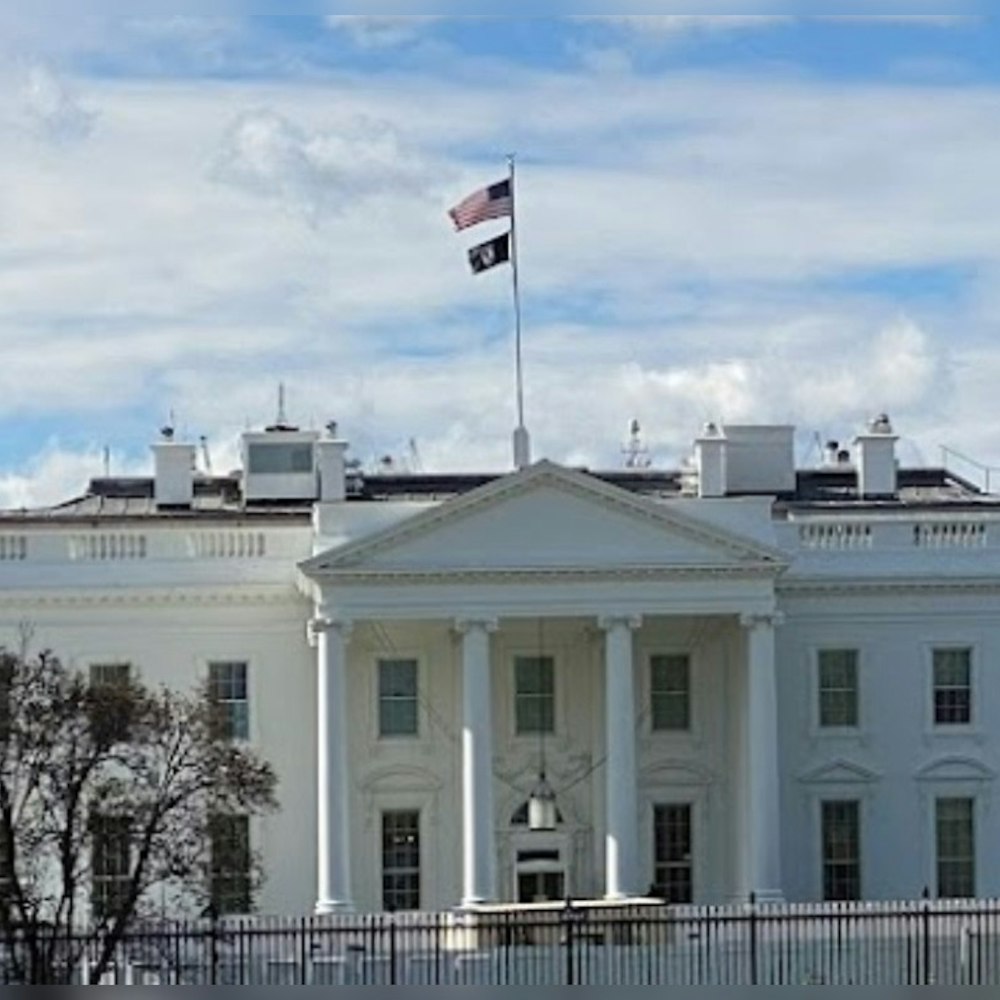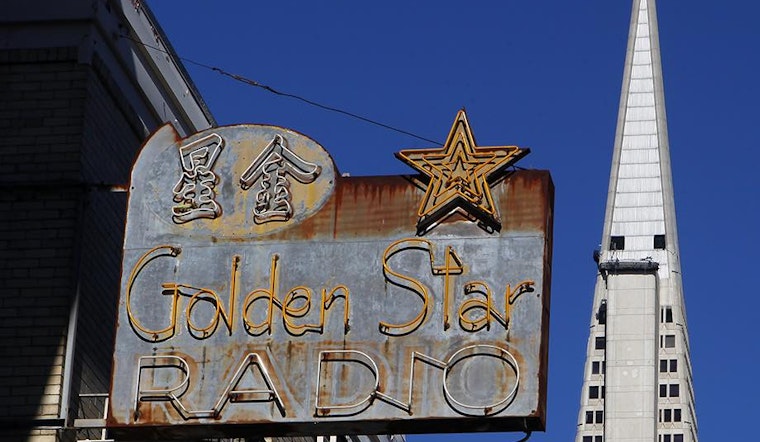
Is it better to burn out than to fade away? How about both? That's what happens to neon advertising signs in Chinatown.
In many other parts of San Francisco, building owners and developers can remove neon and other vintage advertising signs at will to make way for modern signs and lighting, now most often using LEDs. But with more than 250 of Chinatown's buildings protected as historic resources, many classic signs from yesteryear can't just disappear, even if landlords and their tenants want them to. So there they are, each one a reminder of Chinatown's vibrant past as a retail center for locals and a tourist attraction for visitors.
The vintage signs that still cling to buildings in Chinatown's narrow streets date from neon's golden age the 1920s through the1940s. Neon ruled the retail landscape then, but it was costly to maintain and operate. Its limitations quickly became apparent—each neon sign had to be created by a skilled artisan, as mass production manufacturing techniques would not work. The rise of mass media and modern advertising diverted retail budgets toward radio and television commercials and signage that was less expensive.
One by one, the neon lights of Chinatown began to burn out, and today only a very few that remain still glow by night (and by day, for some of the bars). As wind, sun, rain and fog slowly weather away paint and sealer, and rust the sheet metal that supports twisted glass tubes, what has burned out is now fading away.
Use the following photos as a guide to do your own tour of Chinatown's vintage neon. The burnt-out, fading signs are best viewed during daytime in direct sunlight.
New Woey Loy Goey Restaurant
Jackson at Grant Avenue, southeast corner
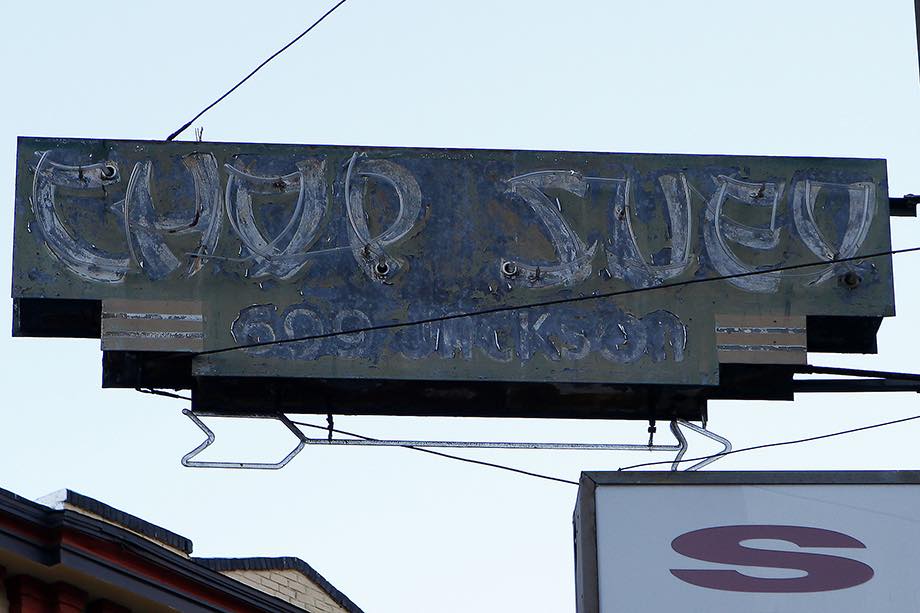
This sign advertises chop suey, a favorite dish for tourists, at the New Woey Loy Goey Restaurant, basement of 699 Jackson St. Note the arrow, a common graphic in neon signs. The restaurant still offers six varieties of chop suey, with the house specialty Tung Lok combination plate changing hands at $10.50.
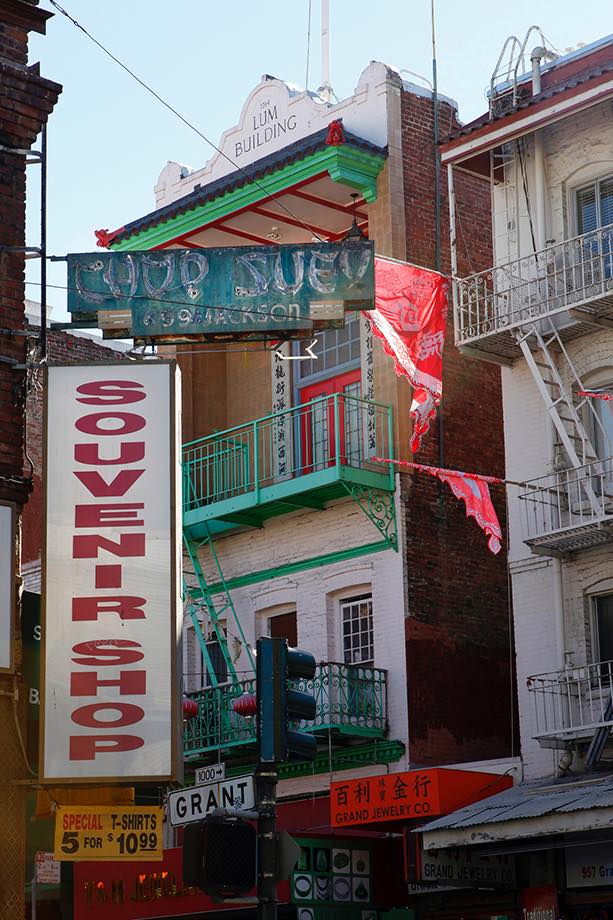
The sign easily fades into the background of the busy intersection at Grant Avenue and Jackson.
Kaye's Footwear
1043 Grant Ave.
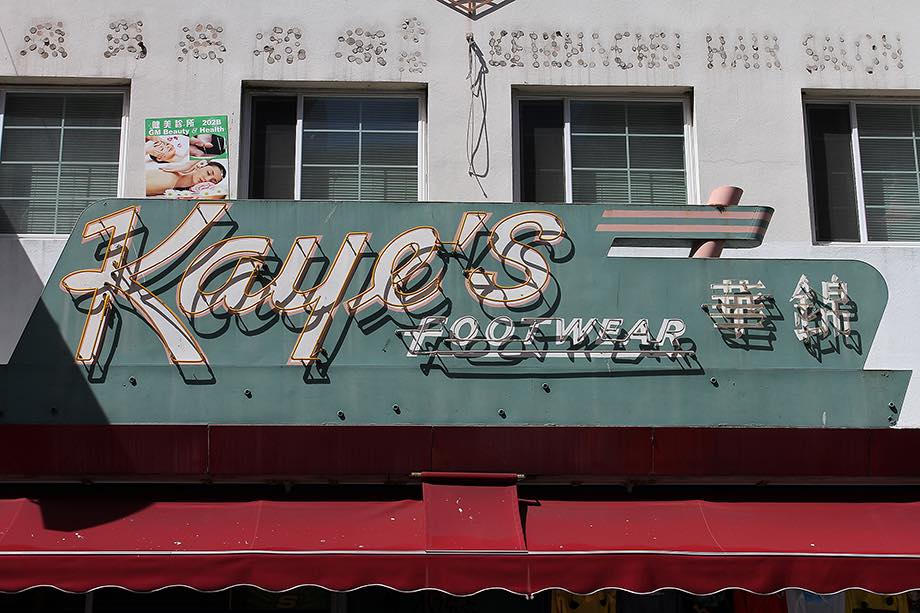
Chinese characters in outdoor advertising signage indicate a local clientele. The store still sells very sensible shoes as well as tourist items. The holes at the bottom of the sign mean that there was once a neon tube there.
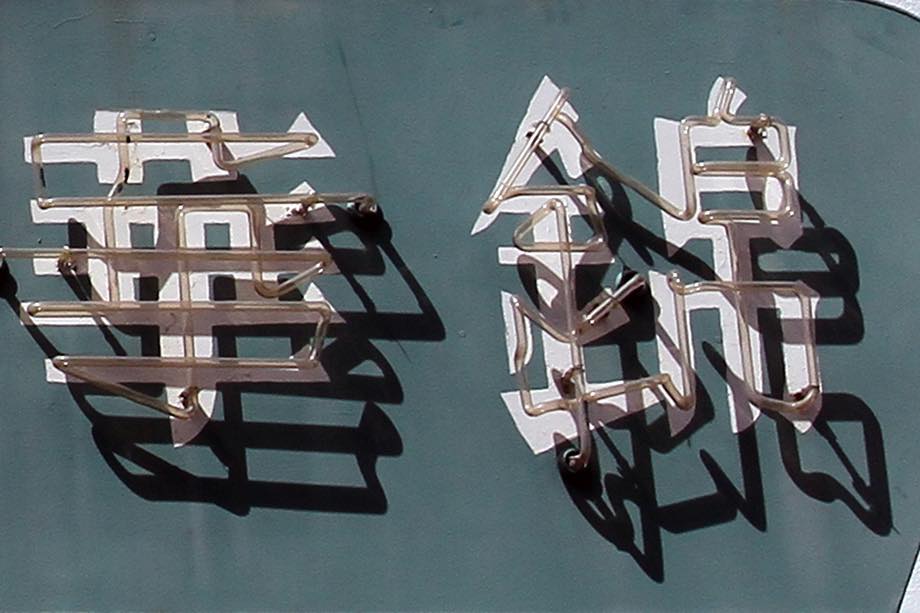
The Oriental House of Beauty
Grant Avenue and Pacific, southwest corner

The Oriental House of Beauty sign takes a beating from the sun on its east-facing side, but the neon tubes are still in place above the rust.

Unnamed Radio/TV shop, now closed
Grant Avenue, south of Pacific
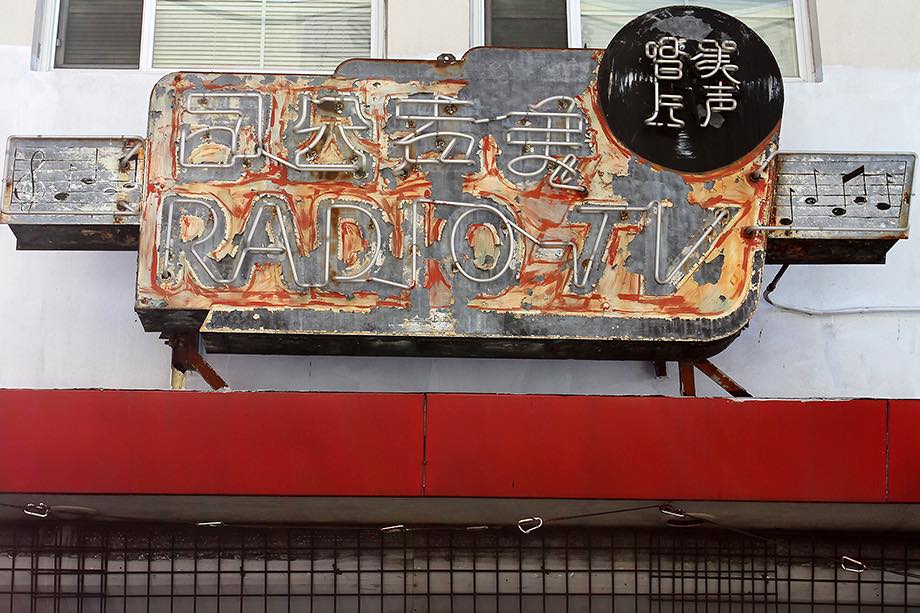
No doubt a thriving business in the 1950s, this radio/TV shop on Grant Avenue south of Pacific is now closed. Note the phonograph record graphic.

Up & Up Gift Shop
Grant Avenue, south of Pacific
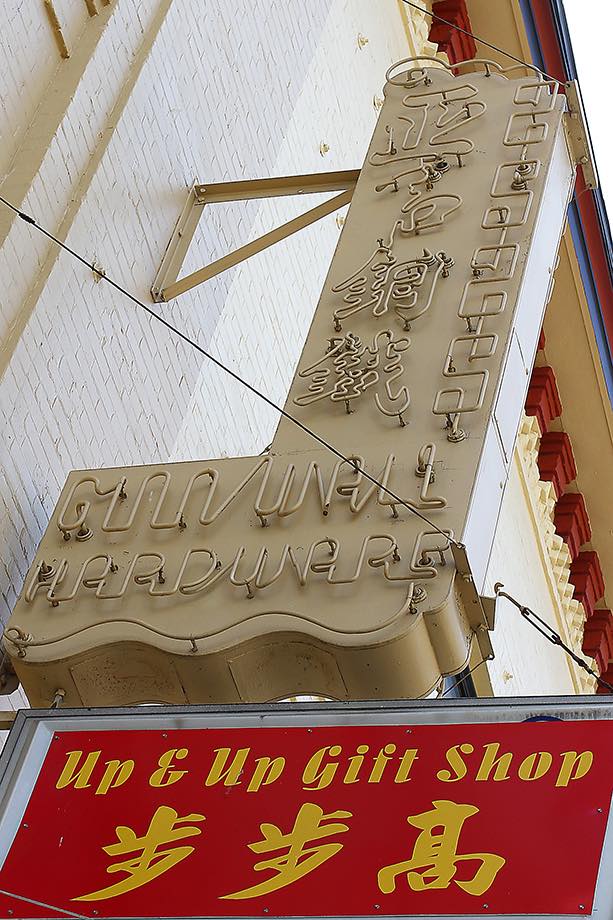
Across Grant Avenue from the radio/TV shop was a hardware store catering to locals. The building owner has cleverly camouflaged the old sign by spray painting it the same color as the facade, tubes and all. The effect amplifies the signage below for the current business the Up & Up Gift Shop.
The glass tubing for both the Chinese and English characters is still in good shape, perhaps even working.
Republic Hotel
Grant Avenue, east of Commercial
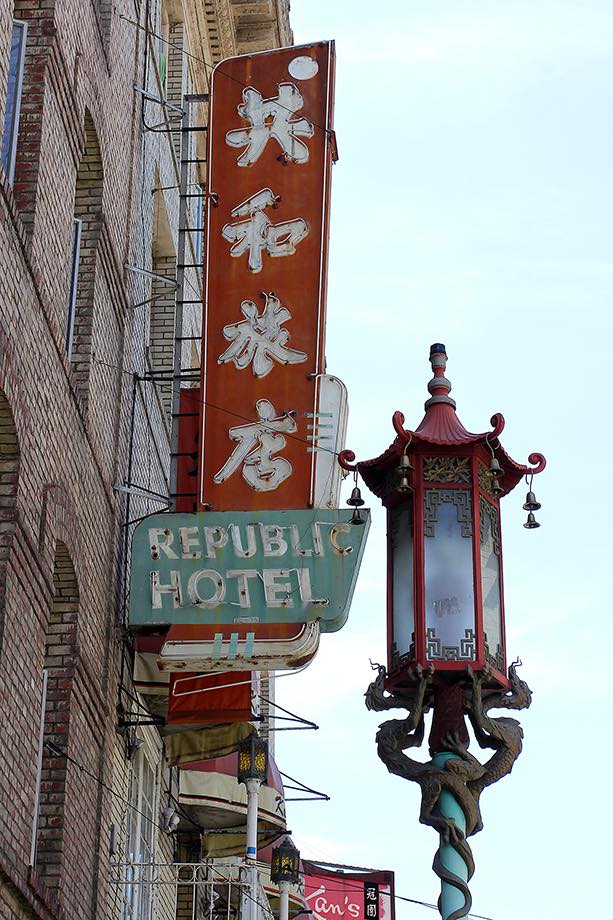
The designers of the Republic Hotel neon sign used the same colors as the iconic Chinatown street lights and many nearby buildings.
Golden Star Radio
Clay at Spofford Alley
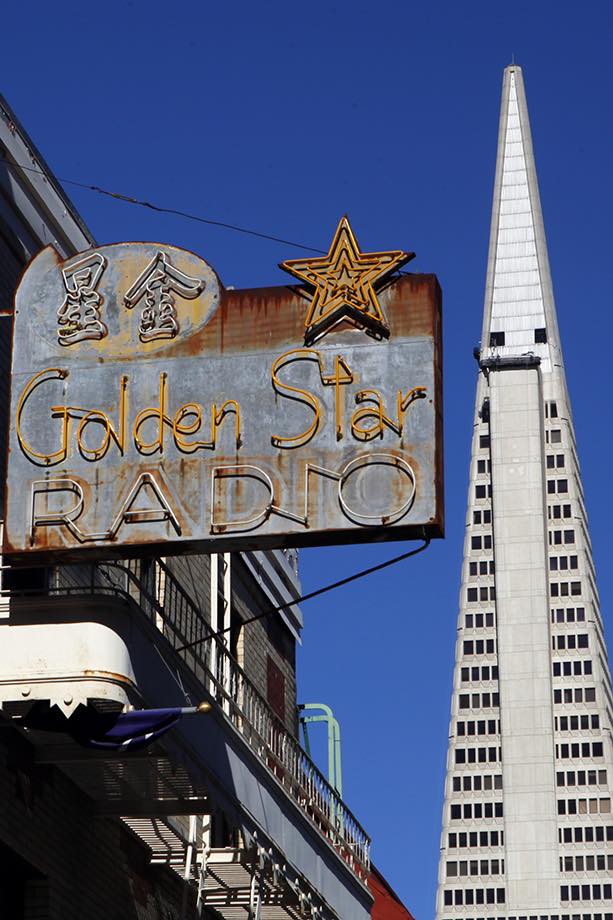
Beautifully designed and still in good condition, the Golden Star Radio neon sign is a Chinatown classic. Atop the building on Clay Street at Spofford Alley, it marks the home of "The Golden Star Chinese Hour"—the first Cantonese language radio station broadcast in the U.S., beginning in 1939. The radio studio was operated from the basement of the building where the owners had an appliance store.
Direct light from the afternoon sun brings out the golden color of the star and Golden Star type.
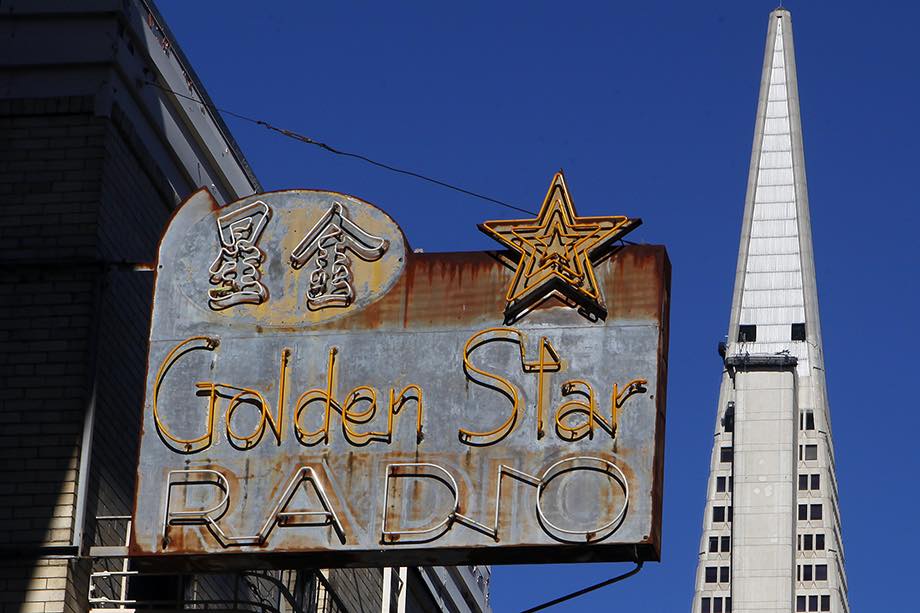
Eastern Bakery
Grant & Commercial

The Eastern Bakery sign at the corner of Grant Avenue and Commercial shows several colors of undercoating and paint peeling away.
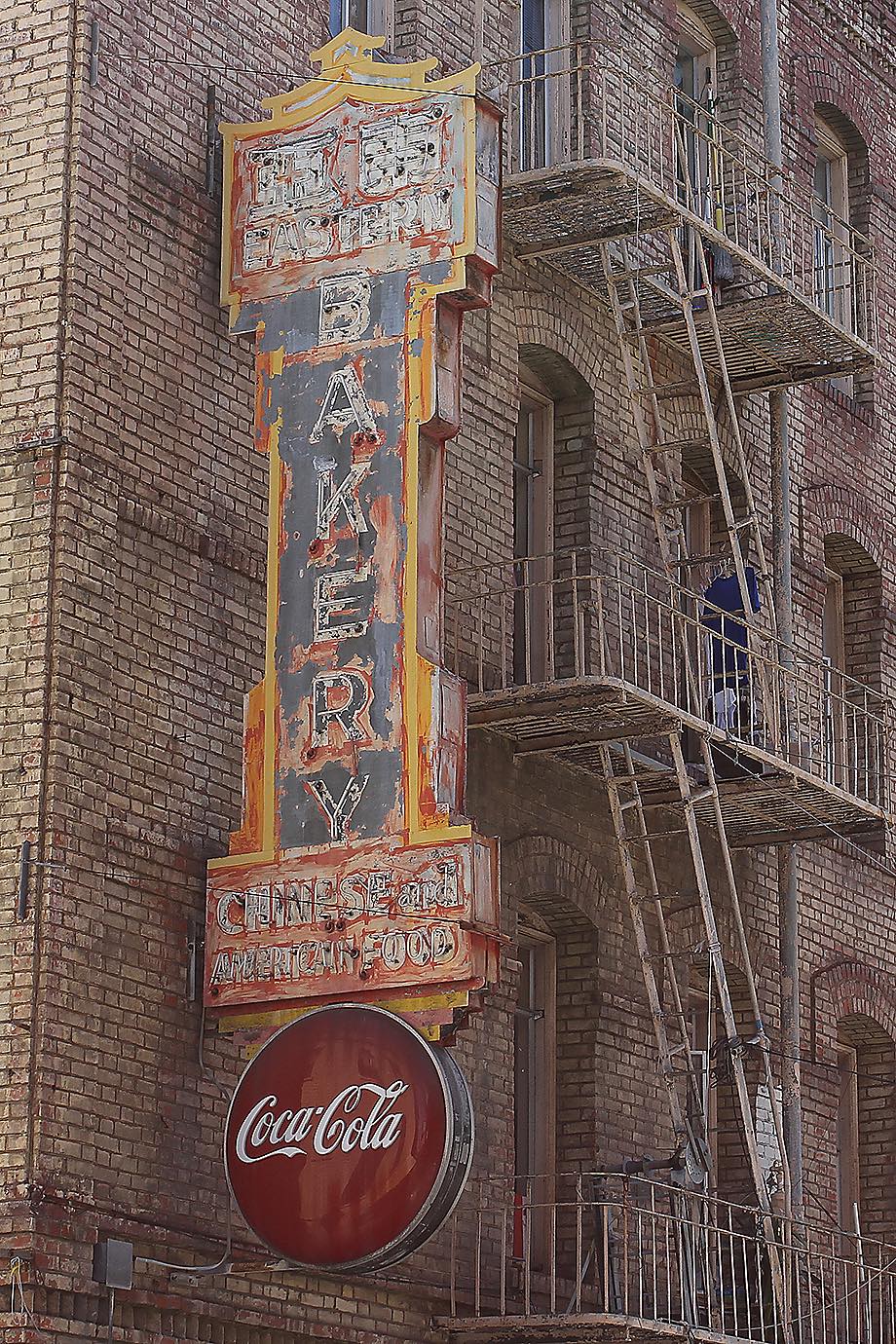
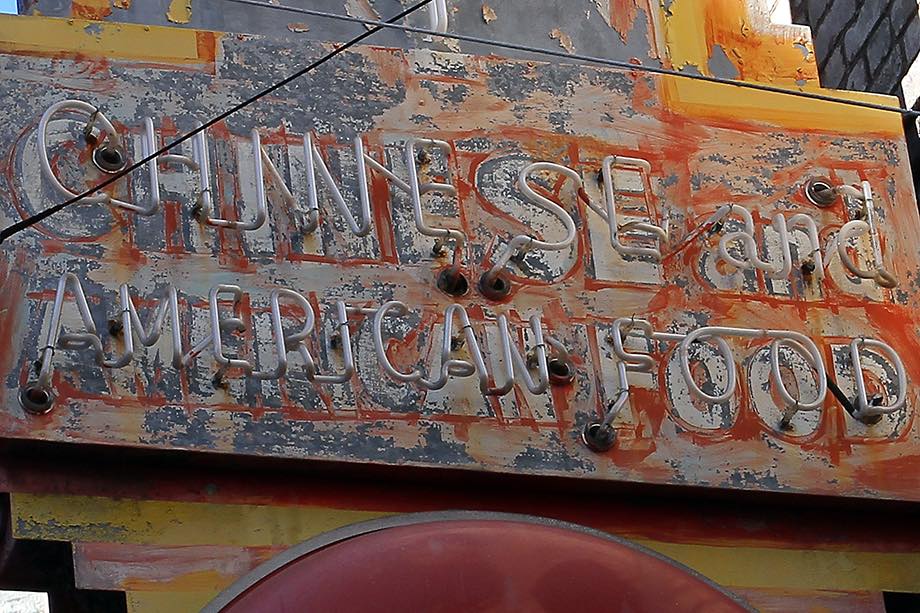
The Wok Shop
Grant Avenue between Commercial and Clay
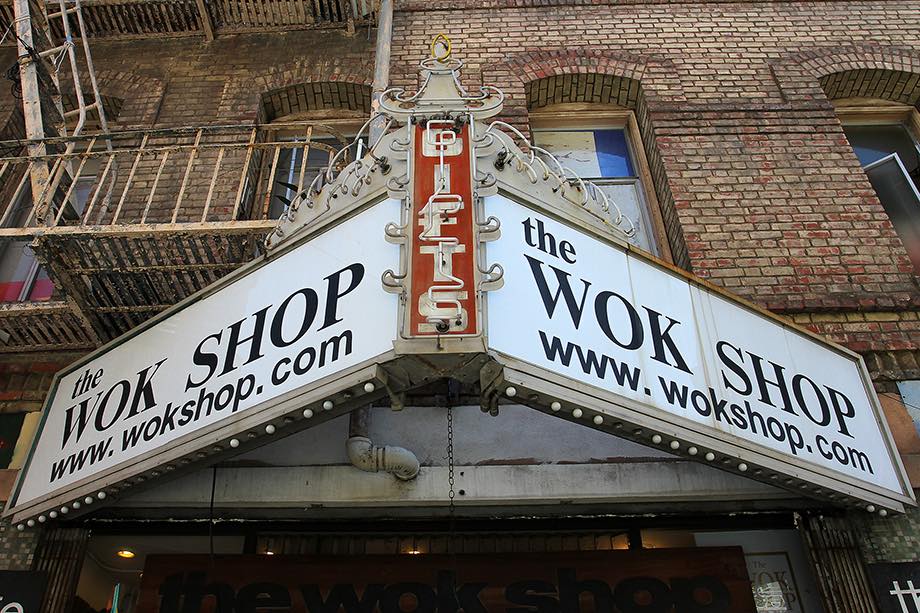
The Wok Shop remains as one of Chinatown's most long-lived retail businesses. Above is the store's facade by day, and below by night ...
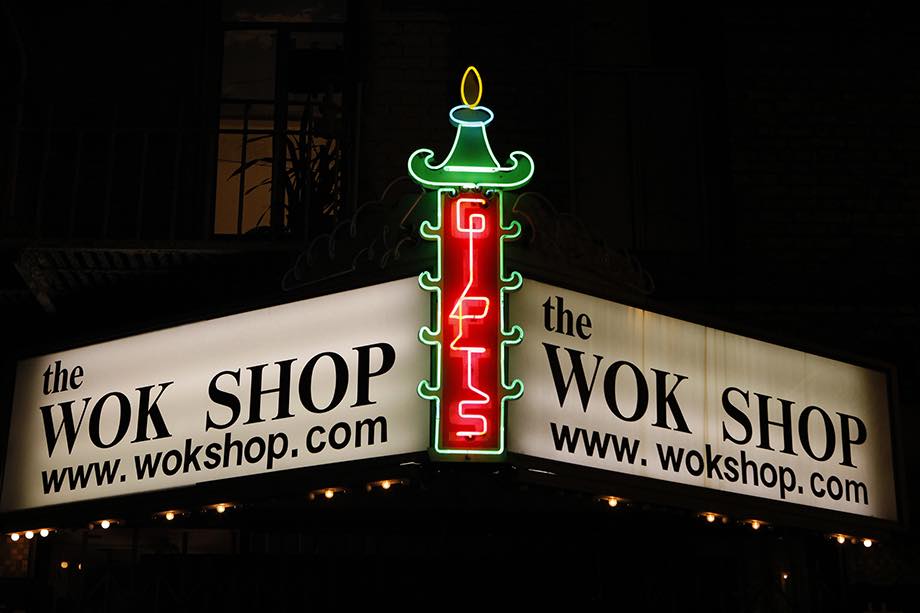
Didn't see your favorite neon sign above? Check back next week for our second installment.
And in the meantime, stop by the fourth floor of the Main Public Library now through October to see San Francisco Neon Survivors and Icons, a photo exhibit featuring classic neon lights across the city.
